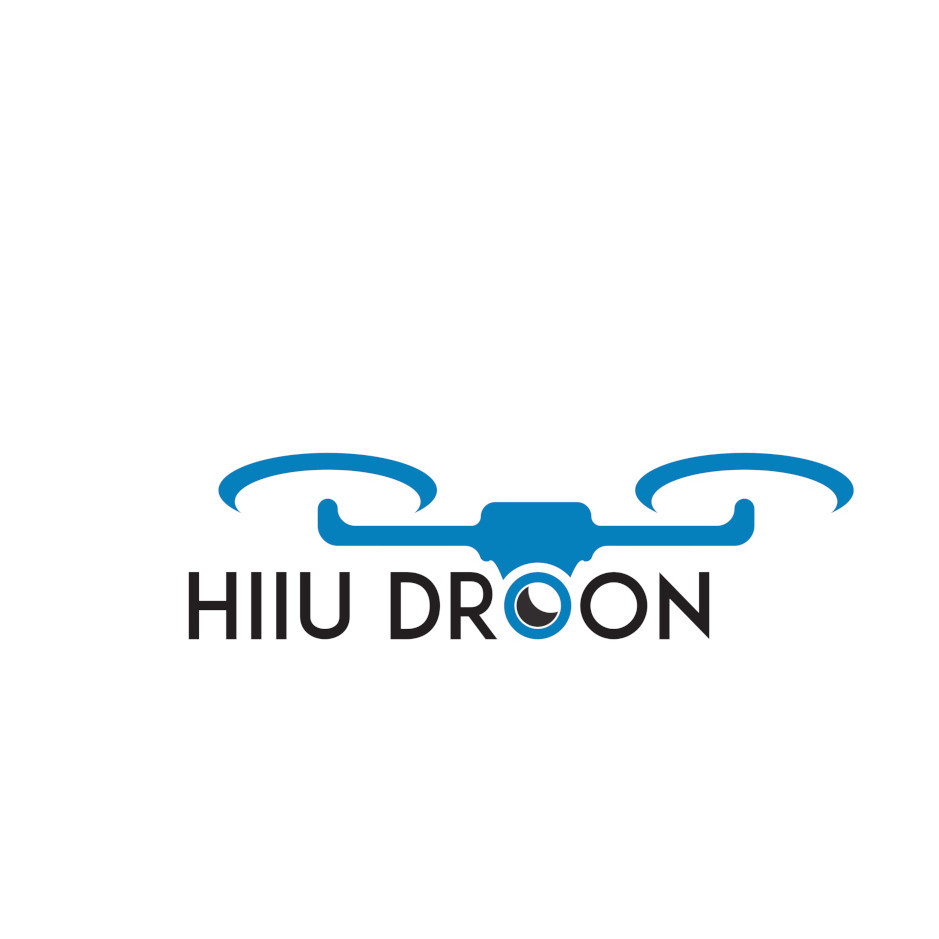The future of tourism marketing with aerial imagery
The landscape of tourism marketing has undergone a significant transformation over the past few decades. From traditional print ads and brochures to dynamic online content, the industry has embraced new ways to captivate potential travelers. Aerial imagery is the latest trend setting a new benchmark for how destinations are marketed.
Aerial imagery refers to photographs or videos captured from an elevated perspective, typically using drones or other unmanned aerial vehicles (UAVs). This perspective provides a unique vantage point that ground-level photography simply cannot match.
Benefits of Aerial Imagery for Tourism Marketing
With aerial imagery, tourism marketers can tell a more compelling story about their destinations. The bird's-eye view captures the grandeur of landscapes, the expanse of coastlines, and the vibrancy of events in a way that is both breathtaking and memorable.
Utilizing aerial visuals gives marketers an edge over competitors by offering a fresh and captivating perspective. It's a powerful way to stand out in a crowded market and grab the attention of potential visitors.
Despite the high-end appearance, aerial photography can be surprisingly cost-effective, especially when considering the return on investment (ROI) it can generate by increasing engagement and conversion rates.
Applications of Aerial Imagery in Tourism
Aerial imagery is perfect for showcasing the beauty and diversity of a destination. It can highlight landmarks, natural wonders, and the layout of resorts and attractions, providing a comprehensive overview that entices visitors.
For event organizers, aerial footage offers a dynamic way to promote festivals, concerts, or sports events, giving potential attendees a preview of the experience in a visually stunning format.
Virtual tours created with aerial footage allow potential tourists to explore a destination remotely, offering an interactive experience that can significantly influence their travel decisions.
Technological Advancements in Aerial Imagery
The rapid advancement of drone technology has made aerial imagery more accessible and affordable. Modern drones are equipped with high-resolution cameras and stabilization features that ensure professional-quality results.
360-degree aerial panoramas are revolutionizing the way we view destinations. These immersive visuals allow viewers to control their perspective, providing an engaging and interactive experience.
Artificial intelligence (AI) and machine learning are beginning to play a role in how aerial imagery is captured and processed, leading to smarter, more efficient marketing strategies.
Integrating Aerial Imagery with Digital Marketing Strategies
Search engine optimization (SEO) can be enhanced with aerial imagery by incorporating keyword-rich captions, tags, and descriptions that improve the visibility of tourism-related content online.
Social media platforms are ideal for sharing aerial content. High-quality, eye-catching images and videos can boost engagement, shares, and likes, driving more traffic to tourism websites.
Email campaigns that include aerial visuals can increase open rates and click-through rates, making them a valuable tool for tourism marketers looking to keep their audience engaged.
Best Practices for Implementing Aerial Imagery in Tourism Marketing
It's crucial for marketers to understand and adhere to the legal regulations surrounding drone flights and aerial photography to avoid fines and other legal issues.
High-quality, professional aerial imagery is essential for making a positive impression. Poorly executed aerial content can have the opposite effect, damaging a brand's reputation.
Effective aerial imagery should be part of a larger storytelling strategy that aligns with the brand's values and message, ensuring consistency across all marketing materials.






Comments (0)